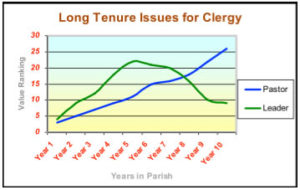This edition of Mentor Online is adapted from Leading Change in Congregations by Gil Rendle of the Alban Institute.
Resistance is the natural reluctance and discomfort of systems of all sorts with transitions related to rituals, customs and traditions. The experience that I have with systems of all types and sizes is that resistance, implied or threatened, can terrorize leaders that want to be liked or admired because they are “nice” more than they are for leading groups and organizations into uncharted waters or to the other side with satisfactory (not always huge successes!) outcomes.
Opposition is the expected though abnormal manifestation of combative individuals and groups that need to or must win whenever anything is introduced that moves a system. This is especially true if the system is being nudged out of its comfort zone. The most blatant example I have experienced was at an introductory session when I was beginning a diagnostic assessment and was confronted in public by a woman who stated: “I do not know who you are or why you are here…but I do not want anything to change…!!!”
A leader might do the RIGHT thing by introducing innovation soon after her/his arrival. But s/he will be limited or crippled in future leadership if s/he backs down or is perceived to be doing so when sensing resistance or resisters, especially by staff. Though it is often difficult to do “real time” analysis of what one is projecting it is imperative that a leader never be perceived to be retreating or quitting. Others on a team of leaders will be reluctant to follow future initiatives because of the risk of having the rug pulled out from under its efforts. And future endeavors are likely to be stymied because the system will know instinctively that it only has to whine loudly or hint at resistance to win and thereby terminate progress or change of any type. Opponents “will be with us always” so we need to learn the difference between the system’s “resisters” and “opposers” (my dad, a salesman, called these folks the ‘professional troublemakers.’)
Leaders will need to think aloud with others on the team to analyze whether turbulence in the system is resistance or opposition. There are different responses to each of these manifestations of difficulty with progress or the introduction of innovation into systems.

